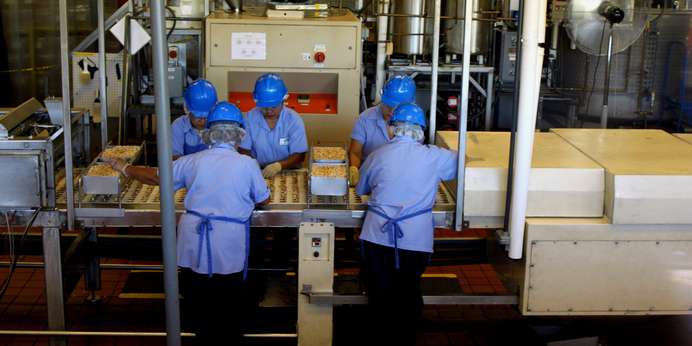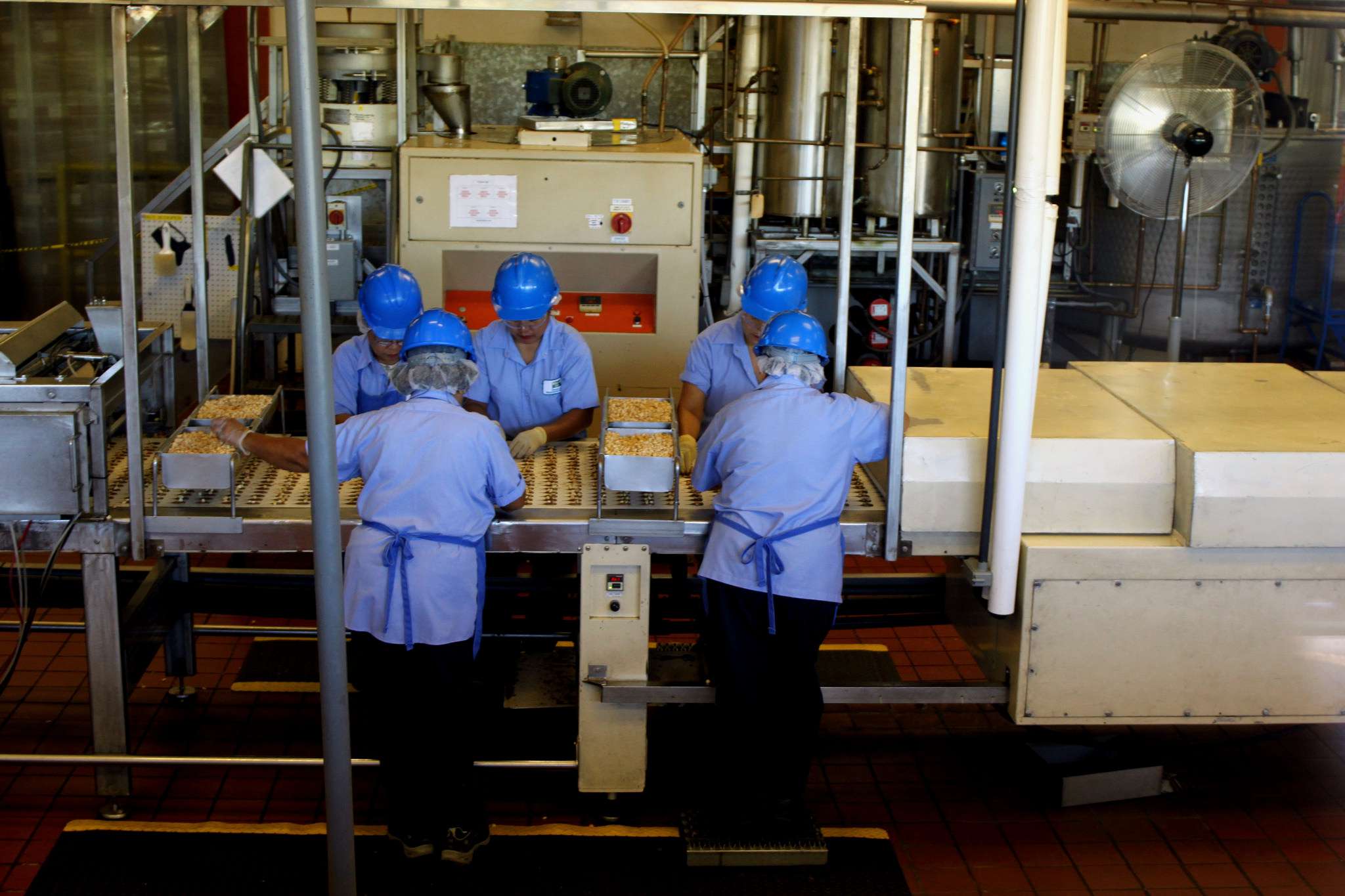Spectrophotometry in the Nutfood Processing Cycle
In fact, spectrophotometers can help maintain nutfood color specificity through all four common phases of the food processing cycle:
1. Food Product Color Formulation
Color and appearance of any food product are vital for attracting consumer interest. Even minor differences can have a heavy impact, which is why marketing research team often test several potential colors of products like nut butter with focus groups before landing on the option with the greatest appeal. Your marketing team’s technicians can use a spectrophotometer to register the color range and specifications for the chosen color, providing a target for the rest of the processing cycle.
Colorimeters can, of course, provide the same type of color information with gradients along the standard L-a-b or LCH coordinates, but they are inadequate for measuring color variations caused by metamerism (i.e. the phenomenon under which two colors appear identical under one set of lighting conditions but as different colors under different lighting) or for measuring variations caused by differences in colorant strength.
Spectrophotometers can establish an objective set of coordinates that account for metamerism variations, that identify colorant strength, and that can include or exclude reflectance variations caused by geometric characteristics of the raw nut meat material. This makes them a far more reliable option.
2. Standards and Tolerances
Once commercial production is underway, there are still plenty of steps in the process where quality issues can crop up, of course, from selecting nuts all the way up to the final milling. Spectrophotometers have historically not been utilized throughout these processing stages because of their complexity and bulk, but a newer generation of hand-held units is eliminating these issues.
Food technicians who employ hand-held spectrophotometers at all stages can better ensure that the product achieves its target color at the end of the cycle. Consider just the step of skin removal: even a very small amount of leftover skin fragments can add reddish pigments to the batch, changing the color of the final product. Spectrophotometers help your technicians spot these issues early, before they’re too difficult to correct.
3. Communications Among Processing Stages
But raw material variations in nutfoods sometimes just don’t become apparent until a late stage in the production cycle. You might regularly deal with color variations during roasting operations as a function of the concentration of oils in the raw material, for instance.
Spectrophotometers still offer a workaround. Your technicians can use them in a feedback loop to alter processing times and conditions in earlier operations so that you are able to achieve consistent colors across multiple batches of the final product.
Variations in lighting conditions along a processing line can also create appearances of color difference that might not actually be valid, and here, again, spectrophotometric measurement eliminates any uncertainty.




